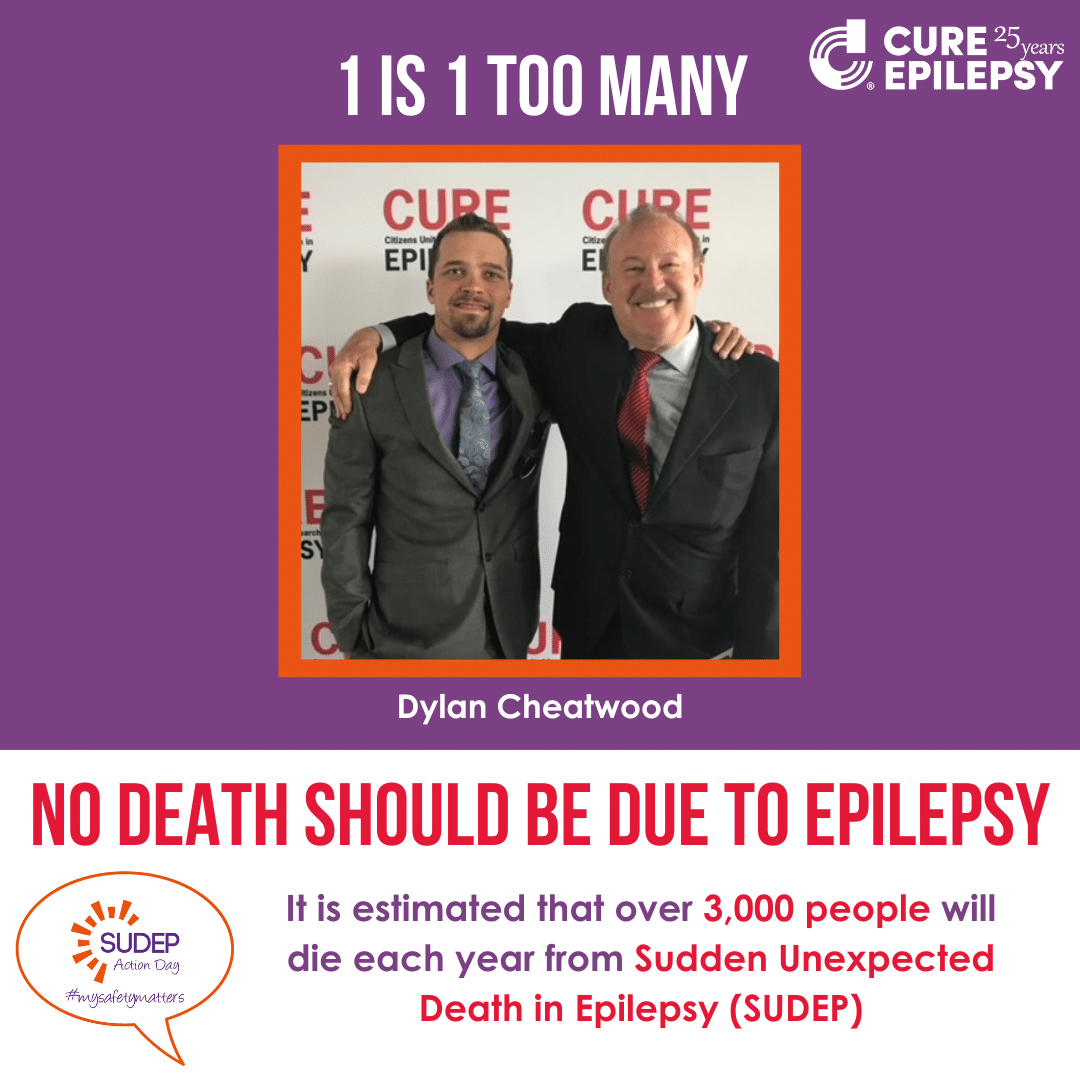Supervision and Bathing Precautions Could Be Effective Strategies at Preventing Death in People with Epilepsy Found in Dead Water
August 26, 2018
OBJECTIVE: Both drowning and sudden unexpected death in epilepsy (SUDEP) are diagnoses of exclusion with predominantly nonspecific autopsy findings. We hypothesized that people with epilepsy found dead in water with no clear sign of submersion could be misdiagnosed as SUDEP.
METHODS: All reported seizure-related deaths undergoing medicolegal investigation in three medical examiner’s offices (New York City, Maryland, San Diego County) over different time periods were reviewed to identify epilepsy-related drownings and SUDEPs. Drowning cases that fulfilled inclusion criteria were divided into two groups according to the circumstances of death: definite drowning and possible drowning. The SUDEP group included two sex- and age (±2 years)-matched definite SUDEP/definite SUDEP plus cases for each drowning case.
RESULTS: Of 1346 deaths reviewed, we identified 36 definite (76.6%) and 11 possible drowning deaths (23.4%), most of which occurred in a bathtub (72.3%). There were drowning-related findings, including fluid within the sphenoid sinuses, foam in the airways, clear fluid in the stomach content, and lung hyperinflation in 58.3% (21/36) of the definite drowning group, 45.5% (5/11) of the possible drowning group, and 4.3% of the SUDEP group (4/92). There was no difference in the presence of pulmonary edema/congestion between the definite drowning group, possible drowning group, and SUDEP group. The definite drowning group had a higher mean combined lung weight than the SUDEP group, but there was no difference in mean lung weights between the possible drowning and SUDEP groups or between the possible drowning and definite drowning groups.
SIGNIFICANCE: No distinguishable autopsy finding could be found between SUDEPs and epilepsy-related drownings when there were no drowning-related signs and no clear evidence of submersion. SUDEP could be the cause of death in such possible drowning cases. As most drowning cases occurred in the bathtub, supervision and specific bathing precautions could be effective prevention strategies.






